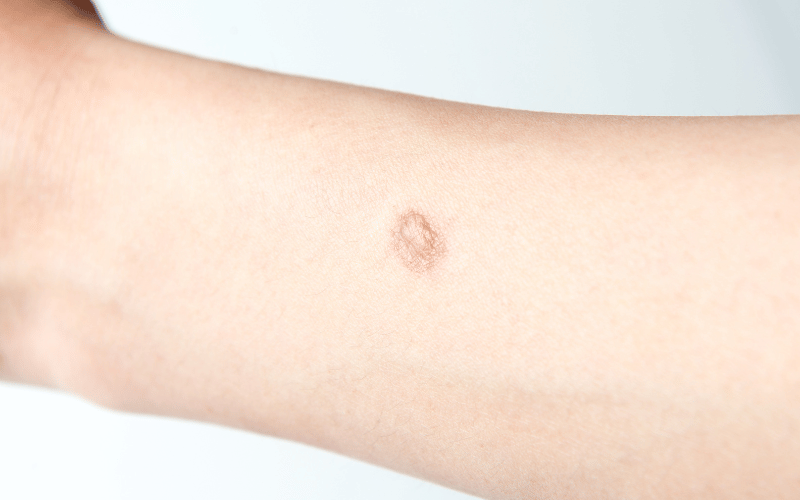Symptom 7: Blister Formation on Exposed Areas

We’ve all experienced blisters, usually resulting from a new pair of shoes or excessive physical activity. For those with PCT, blisters have a different narrative. It’s not about friction but is intrinsically tied to their condition, particularly in areas exposed to the sun.
At the heart of this symptom is, once again, the buildup of porphyrins in the skin. When these molecules interact with sunlight, a photosensitive reaction occurs, leading to the formation of these painful, fluid-filled sacs. It’s as if the skin is crying out, with each blister echoing the internal chemical turmoil.
Blisters aren’t mere physical blemishes. They can become gateways to secondary infections if not tended to properly. The skin’s integrity is compromised, and any small opening can invite unwanted microbial guests. Moreover, blisters can be debilitating, affecting daily activities, especially if they form on functionally crucial areas like hands and feet.
Prevention becomes key. Avoiding direct sunlight, especially during peak hours, and ensuring exposed skin areas are covered or protected with high SPF sunscreens are primary measures. In case blisters do form, keeping them clean, using sterile dressings, and resisting the urge to pop them are critical. Sometimes, physician-prescribed ointments or creams can accelerate healing and prevent complications. (7)